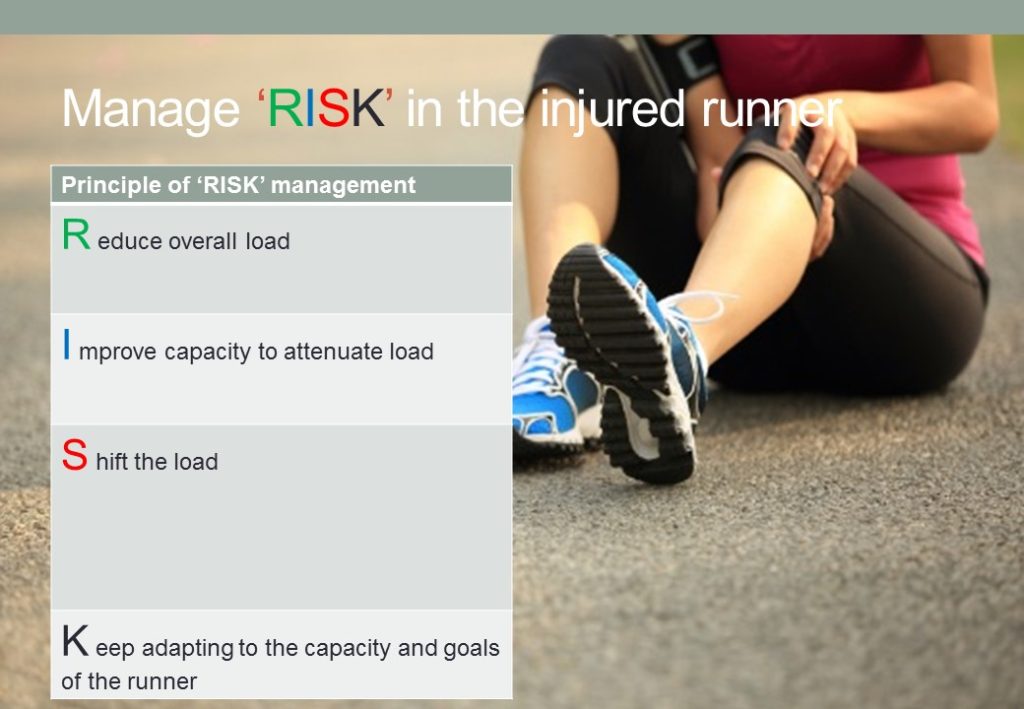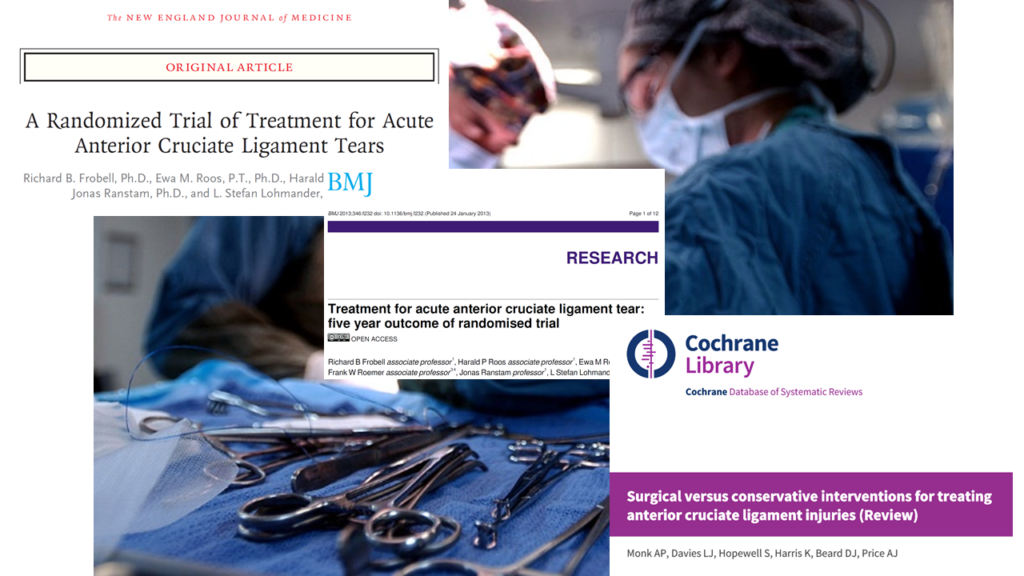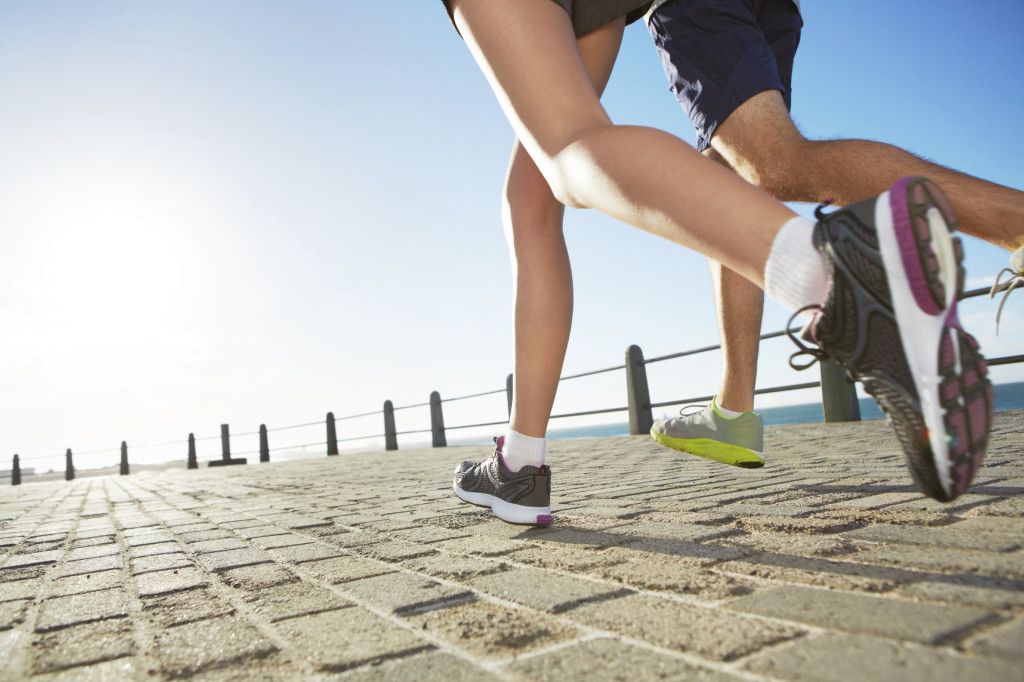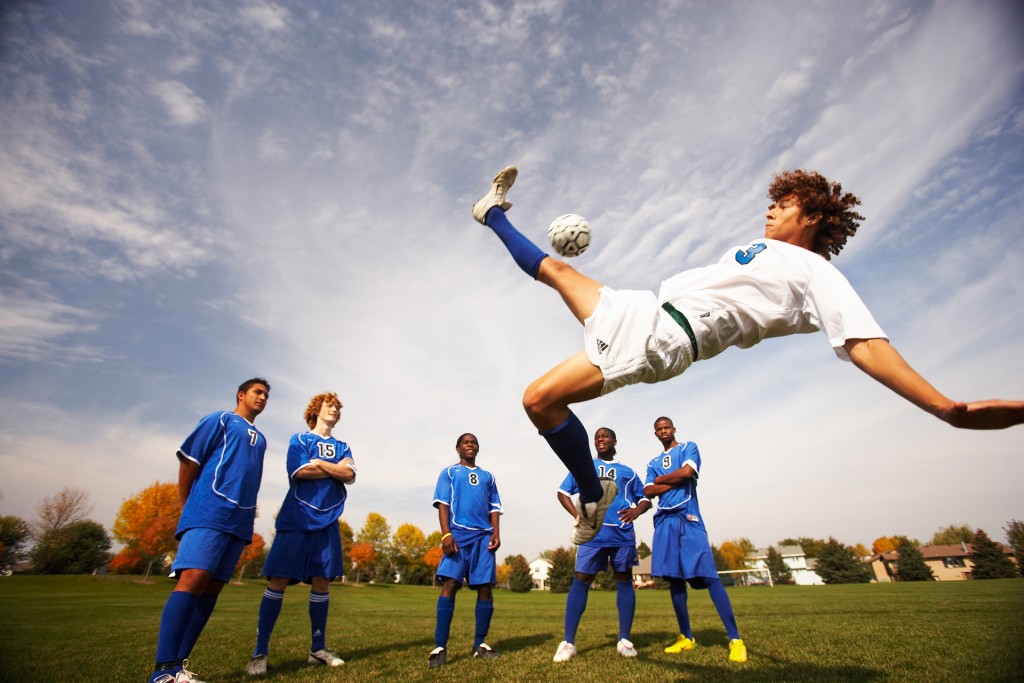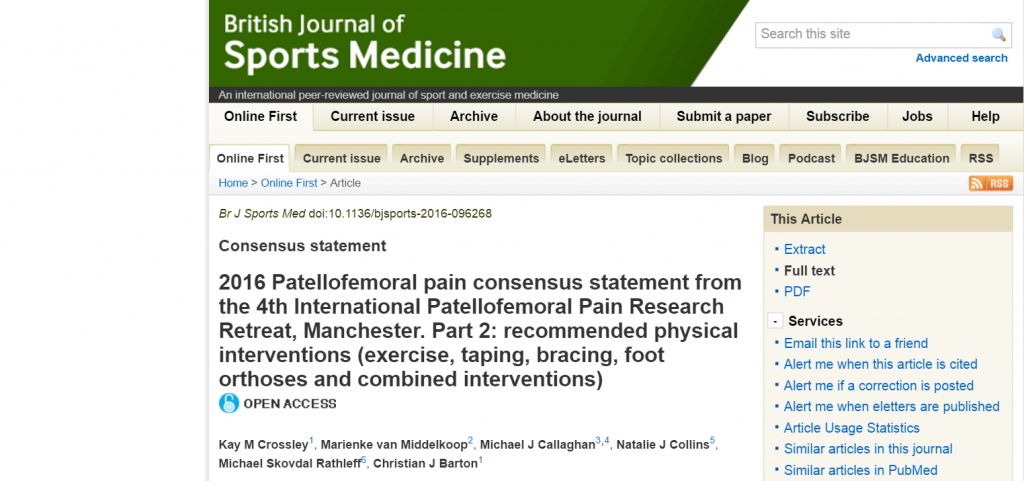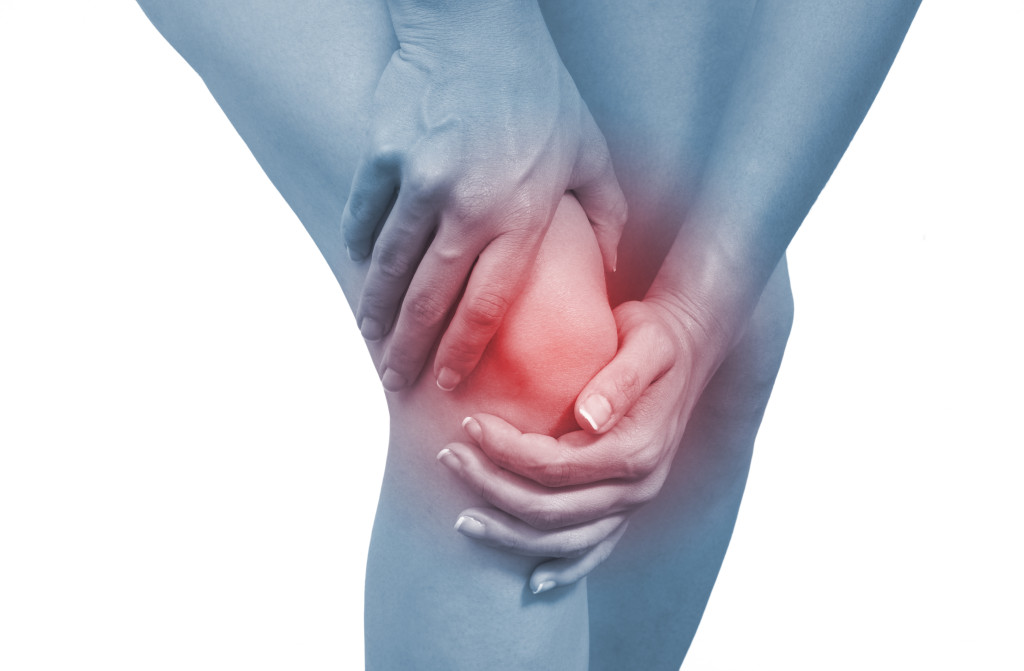
Knee cap pain is the most common form of knee pain. Pain can be hard to pin point but may be around, behind, or under the knee cap. It affects both males and females of all activity levels and ages. It can cause problems that limit your ability to complete simple daily activities such as walking, running,…read more

